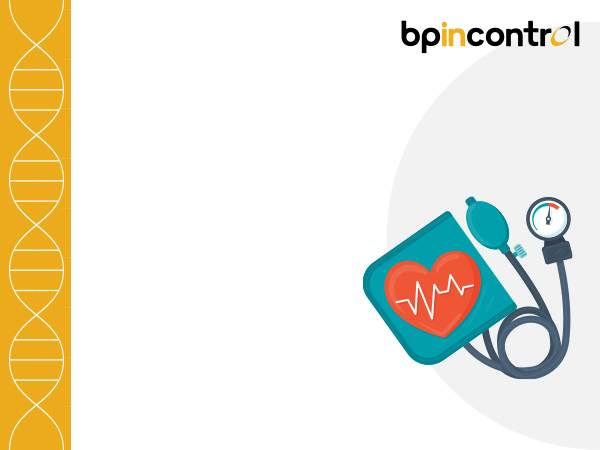Blood Pressure and Driving: Tips for Safer Journeys

Table of Contents
Driving is a complex activity that demands alertness, quick decision-making, and physical coordination. For people with blood pressure driving problems, whether high or low, managing these health conditions is crucial to ensure safety on the road. This blog explores how blood pressure while driving can affect driving abilities and how it can be regulated for safe driving.
How High Blood Pressure Affects Driving
High blood pressure and driving is a serious concern for many. High blood pressure, or hypertension, is a common health condition that can silently affect one’s ability to drive safely. Since it often has no immediate symptoms, uncontrolled high blood pressure can impact dangerously while driving.
Increased Risk of Heart Events While Driving
One of the most significant risks of high blood pressure and driving is the increased chance of heart-related activities like a heart attack, stroke, or angina. A sudden heart attack while driving can lead to loss of control, putting both the driver and others on the road at risk. Long-term high blood pressure can increase the chances of a critical event during stressful driving conditions.
Vision and Concentration Impairments
Increased blood pressure and driving can impact your vision and concentration. Hypertension can lead to visual problems, such as blurred vision, which may impair a driver’s ability to see clearly or notice hazards on the road.
Fatigue and Drowsiness from Medication
Many people with high blood pressure are prescribed medications like beta-blockers or diuretics to manage their condition. While these drugs are effective in controlling blood pressure, they can have side effects such as fatigue, dizziness, or drowsiness, making it difficult for the driver to stay alert.
How Low Blood Pressure Affects Driving
Taking driving and blood pressure under consideration is equally important when dealing with low blood pressure. When blood pressure drops too low, it can result in a lack of sufficient blood flow to the brain, affecting motor skills and decision-making, which can be lethal while driving.
Dizziness and Fainting
One of the primary concerns of low blood pressure while driving is the risk of dizziness or fainting, which can be life threatening. Sudden drops in blood pressure, especially during long periods of driving, can cause loss of consciousness, making it impossible to control the vehicle.
Slow Reaction Times
Low blood pressure can also reduce alertness and reaction times due to lack of oxygenated blood reaching the brain. This can lead to slower responses to sudden changes in traffic, such as a pedestrian crossing or an abrupt stop ahead.
Managing Blood Pressure to Drive Safely
To minimise the risks associated with driving and blood pressure fluctuations, it’s crucial to take proactive steps to manage the condition.
Monitor Your Blood Pressure Regularly
Regular monitoring of blood pressure is essential for people with a history of high or low blood pressure. It is recommended to keep a blood pressure monitor in the car, at home, anywhere accessible during urgency, to monitor blood pressure and make informed decisions about whether it’s safe to drive.
Stay Hydrated and Well-Rested
Proper hydration and adequate rest is crucial for maintaining healthy blood pressure levels. Dehydration can cause blood pressure to drop, leading to dizziness or fatigue. Ensure that you drink plenty of water and get enough sleep before hitting the road.
Tips for Safe Driving with Blood Pressure Issues
In addition to managing blood pressure, adopt safe driving habits to further reduce the risk of accidents caused by sudden changes in blood pressure.
Plan Regular Breaks on Long Journeys
For people with blood pressure problems, long periods of sitting can cause blood to flow to the leg, causing low blood pressure and other circulatory issues. Thus, taking regular breaks to stretch and walk around, especially on long drives, can improve blood flow and contribute in managing blood pressure effectively
Avoid Driving in Extreme Weather
Extreme heat or cold can affect blood pressure, sometimes causing it to rise or drop unexpectedly. Dehydration can become a concern in hot weather, while cold weather can block blood vessels raising blood pressure. Thus, avoid driving in extreme conditions, or take extra precautions to stay hydrated and comfortable.
Carry Medications and a Blood Pressure Monitor
Always carry the blood pressure medications, and a portable blood pressure monitor to check blood pressure levels before and during the journey. It is better to take precautions and stay in control and avoid any unnecessary risks related to blood pressure while driving.
Sources:
https://knowridge.com/2024/05/why-high-blood-pressure-is-very-risky-for-professional-drivers/
https://www.mayoclinic.org/diseases-conditions/high-blood-pressure/in-depth/beta-blockers/art-20044522
https://www.verywellhealth.com/sudden-drop-in-blood-pressure-1324162
https://www.heart.org/en/health-topics/high-blood-pressure
https://health.clevelandclinic.org/dehydration-and-blood-pressure
https://health.clevelandclinic.org/dehydration-and-blood-pressure
Disclaimer
The information contained in this article/s is to educate / spread awareness in relation to hypertension and other diseases to the public at large. The contents of this article/s are created and developed by BPinControl.in (“The Website”) through its authors, which has necessary, authorisations, license, approvals, permits etc to allow usage of this articles on The Website. The views and opinions expressed in this article are views, opinions of the respective authors and are independently endorsed by doctors. Although great care has been taken in compiling and checking the information in this article/s, The Website shall not be responsible, or in any way liable for any errors, omissions or inaccuracies in this article/s whether arising from negligence or otherwise, or for any consequences arising therefrom. The content of this article is not a substitute for any medical advice. The Website shall not be held responsible or liable for any consequence arising out of reliance on the information provided in the article.


Comments (0)
No comments found.Add your comment